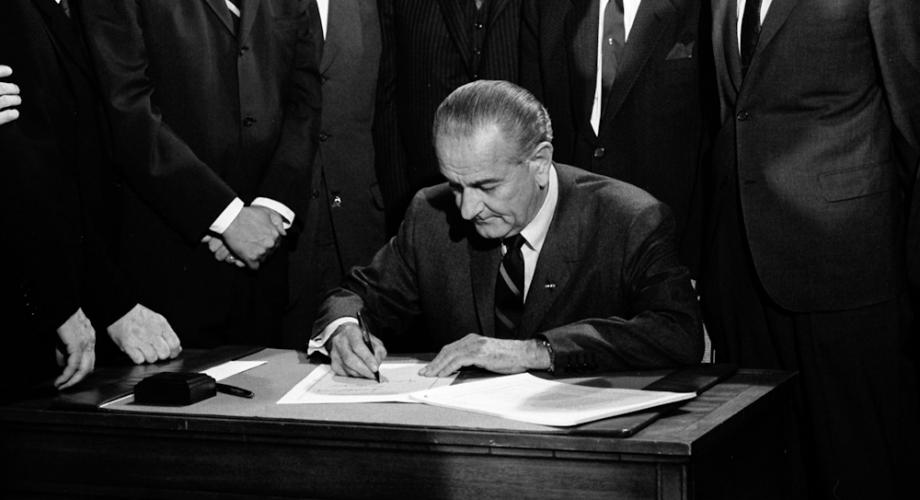In April of his final year in office, President Lyndon B. Johnson signed the Civil Rights Act of 1968, containing within this landmark legislation was Title VIII, better known as the Fair Housing Act. He had been a strong supporter of this legislation, which unfortunately faced stout opposition by the majorities in Congress at the time. Spurred on by the April 4 assassination of Dr. Martin Luther King, Jr, LBJ urgently pressured Congress to pass this historic legislation before Dr. King’s funeral in Atlanta. Congress obliged, quickly advancing it out of the House and Senate and to his desk by April 11.
Out of that legislation came the US Department of Housing and Urban Development, first spearheaded by George Romney, former Governor of Michigan, and father to current Senator Mitt Romney (R-UT) at the behest of the incoming President, Richard Nixon. George Romney, who had successfully campaigned against housing discrimination in his home state, took to the task with zeal, increasing the number of regional and area HUD offices around the country and giving them greater flexibility to better respond to the needs of local communities.
Under his leadership, and that of his successors, HUD’s scope and mission has grown to include a host of programs and initiatives aimed at providing affordable housing. The Section 8 Housing Choice Voucher program is one of the greatest examples of these as well as programs to protect vulnerable populations like veterans, seniors and people with disabilities.
Whether it concerns issues like emotional support animals, access to housing, or resident screening, NAA is a resource for policymakers, a voice for the industry and a valuable thought leader in forming sound, sustainable public policy. Through education, advocacy and a nationwide affiliate network NAA is excited to continue our work with HUD to ensure that all Americans have fair access to housing.
